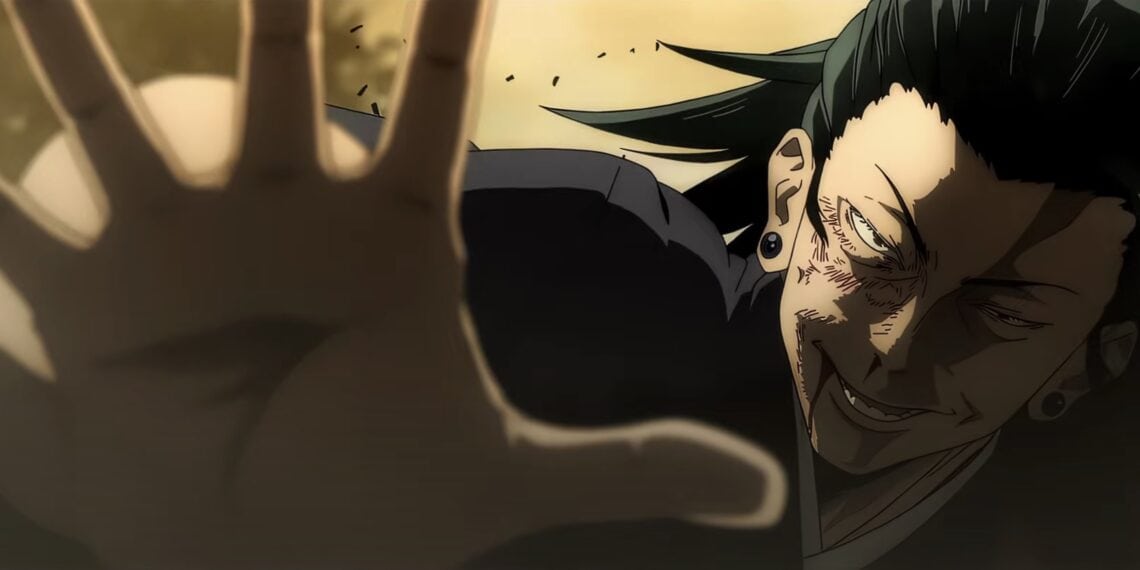A recent health inquiry undertaken for the first time by a group representing anime creators illuminated wellness trends among current animation studio employees in Japan.
Specifically, the Japanese Animation Creators Association spearheaded an inaugural survey of mental welfare status within their professional community.
The sobering results indicate potentially widespread affliction – 17 percent of participating animators self-reported historic or present diagnoses consistent with depression and additional psychological distress.
While unable to establish causality, the numbers highlight what could be an alarming incidence of poor mental health in a notoriously high-pressure industry infamous for tight deadlines, long working hours, and high employee burnout turnover.
This initial questionnaire represents an overdue, but constructive, first step toward understanding occupational risk factors endangering the everyday well-being of creators operating behind the scenes to deliver anime productions.
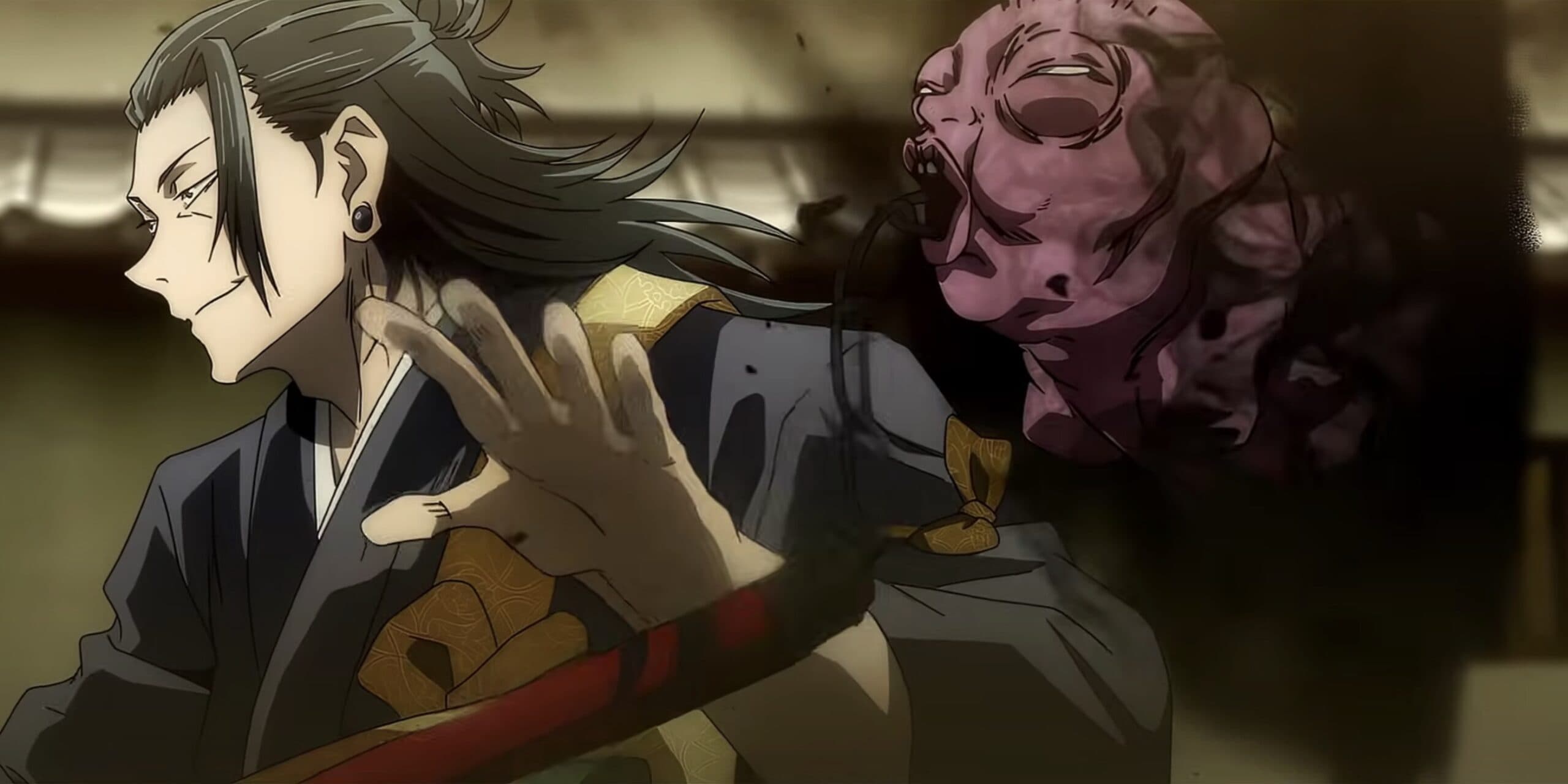
One hopes transparent data-gathering efforts evolve into proactive mental health awareness campaigns or the provision of caring institutional resources – such positive interventions could alleviate silent suffering among talented artists passionate about this unique storytelling medium.
The path forward remains unclear, but ignorance of these Issues no longer remains an option for anime studios or fans who wish to better support the vulnerable visionaries dedicated to this craft.
Health Survey Exposes Anime Creators’ Struggles: 17% Battle Depression, Over 60% Face Fatigue
Digging deeper, the Japanese Animation Creators Association’s eye-opening health survey polled 429 anime industry insiders. Distressingly, 73 respondents – 17% of the sample – self-identified as experiencing or having battled mental health conditions resembling clinical depression.
But the red flags do not end there. When questioned specifically on fatigue, a staggering 68% (291 people) confessed to enduring psychological exhaustion.
An equally alarming 66% (285 participants) also admitted feeling the strain of physical burnout.
In other words, approximately two-thirds of those animating today’s popular entertainment media described themselves as overextended, intensely drained, or profoundly crisis-level tired in body and mind.
Anime Industry’s Silent Crisis
This data spotlights a high-pressure work culture that potentially detonates mental well-being through an unrelenting grind.
The desire to meet production quotas and airing deadlines seemingly overrides humanitarian concerns – how else could so many creatives working marathon hours report such crisis-level depletion yet feel unable to seek respite?
Cynics may downplay these self-evaluated survey responses as merely reflecting workplace normative or momentary moods.

But such widespread reports at least require further investigation, supportive resources, and compassionate understanding – if not systematic changes lessening the intense workload burdens shouldered by each grafting hand drawing every frame.
After all, the passionate toil of individuals, not anime personified, ultimately transforms imaginative visions into on-screen entertainment so many adoring fans consume without comprehending creators’ concealed distress backstage. This new window into anime artists’ suffering must not be ignored.
Shedding light on a seldom-discussed dark side undergirding a thriving global entertainment export, the Japanese Animation Creators Association courageously confronted distress signals indicating poor health and wellness among industry talent.
Despite Japanese anime’s booming domestic and international popularity, individual animators increasingly endure debilitating working environments that exact severe physical and mental costs.
Recognizing this crisis, association leaders took the long-overdue step of incorporating health inquiries alongside typical business questions in their latest professional survey.
Alarming Statistics
“We conducted our first health survey because we believe there is a high possibility that health problems are occurring because working hours become longer when deadlines approach,” stated Yasuhiro Irie, president of the Japan Animators and Directors Association.
“We are aware that the number of depressed individuals is high, so we would like various people to see the results of this survey and use them to help improve the industry.”
This proactive investigation aims to pull back the curtain on a high-pressure production culture that often prioritizes pleasing audiences above safeguarding the well-being of human creators who bring beloved stories to life.

Intense output expectations frequently manifest in excessive overtime, all-night cram sessions, and severe fatigue – but the rooted stigma around mental health issues further shadows this suffering.
Nonetheless, responsible industry leaders realize they can no longer turn a blind eye and must pave pathways to properly support their vulnerable visionaries.
Let this courageous survey herald a compassionate culture shift emphasizing psychological safety nets and humane working conditions for every artist immersed in anime’s imagination universe.
The global fan community should also echo these calls to uplift the souls that shape the media we so passionately enjoy.
Shedding further light on distressing labor conditions within anime production ecosystems, the Japanese Animation Creators Association – a non-profit founded in 2007 – spotlighted alarming mental health revelations in their recent industry questionnaire. This data underscores a long-whispered open secret about the immense pressures confronting animators, now quantifiably linked to psychological crisis.
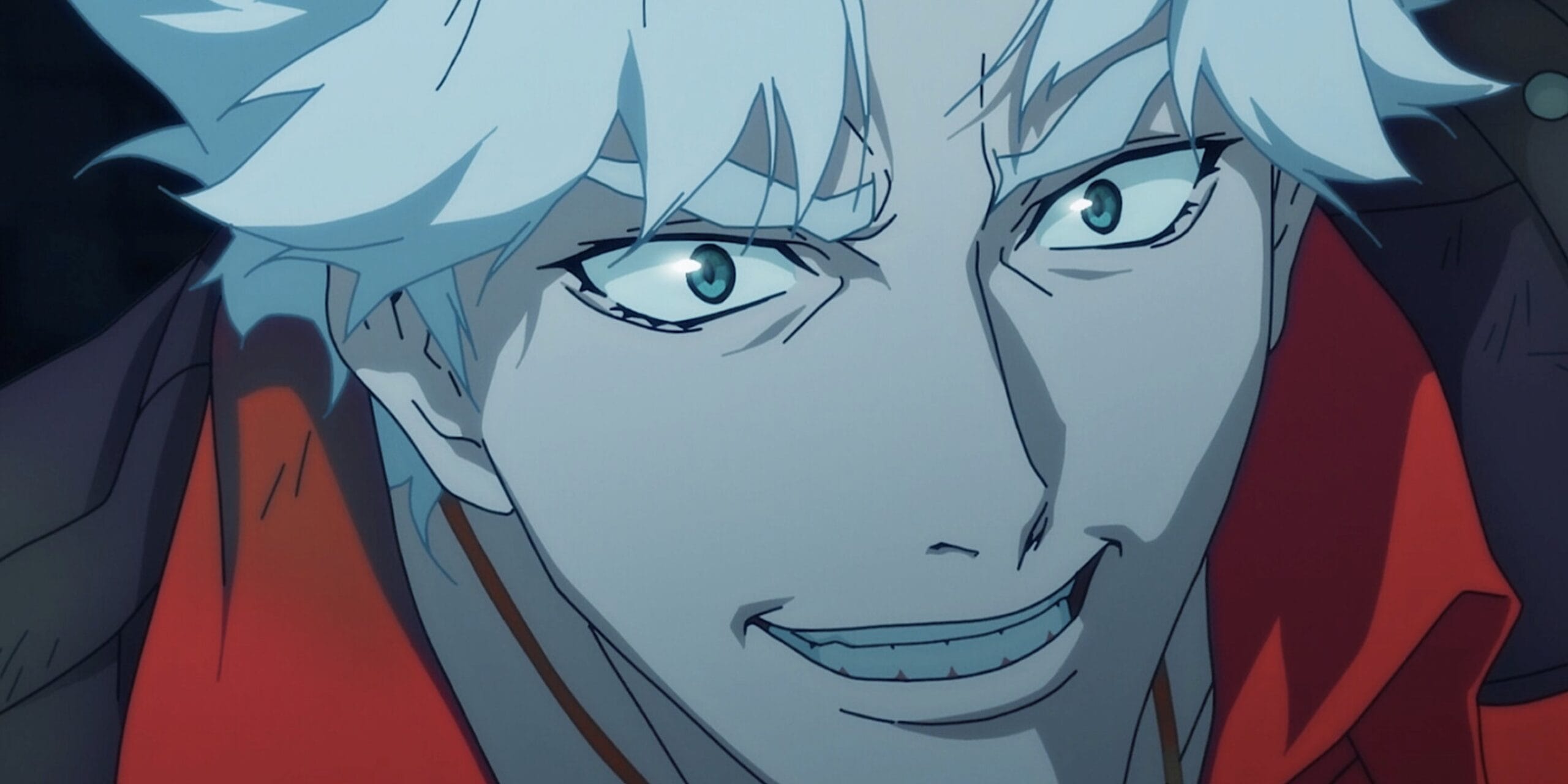
For years, the plight of overworked artists slaving away under intense deadlines has occasionally sparked public outcries yet elicited little lasting change.
The Human Cost of Creativity
Recently, for example, animation house MAPPA endured criticism over brutal schedules meeting hit series Jujutsu Kaisen’s Season 2 release. However, the deeper mental health toll of such never-ending crunches has remained obscured.
Influential manga creator Ken Akamatsu previously called for reforming the treatment of anime contractors, joined now by the National Association of Commercial Broadcasters in Japan advocating improved work-life balance.
Still, undersupported workers lacking collective bargaining power felt silenced about speaking transparently on taboo suffering in the shadows.
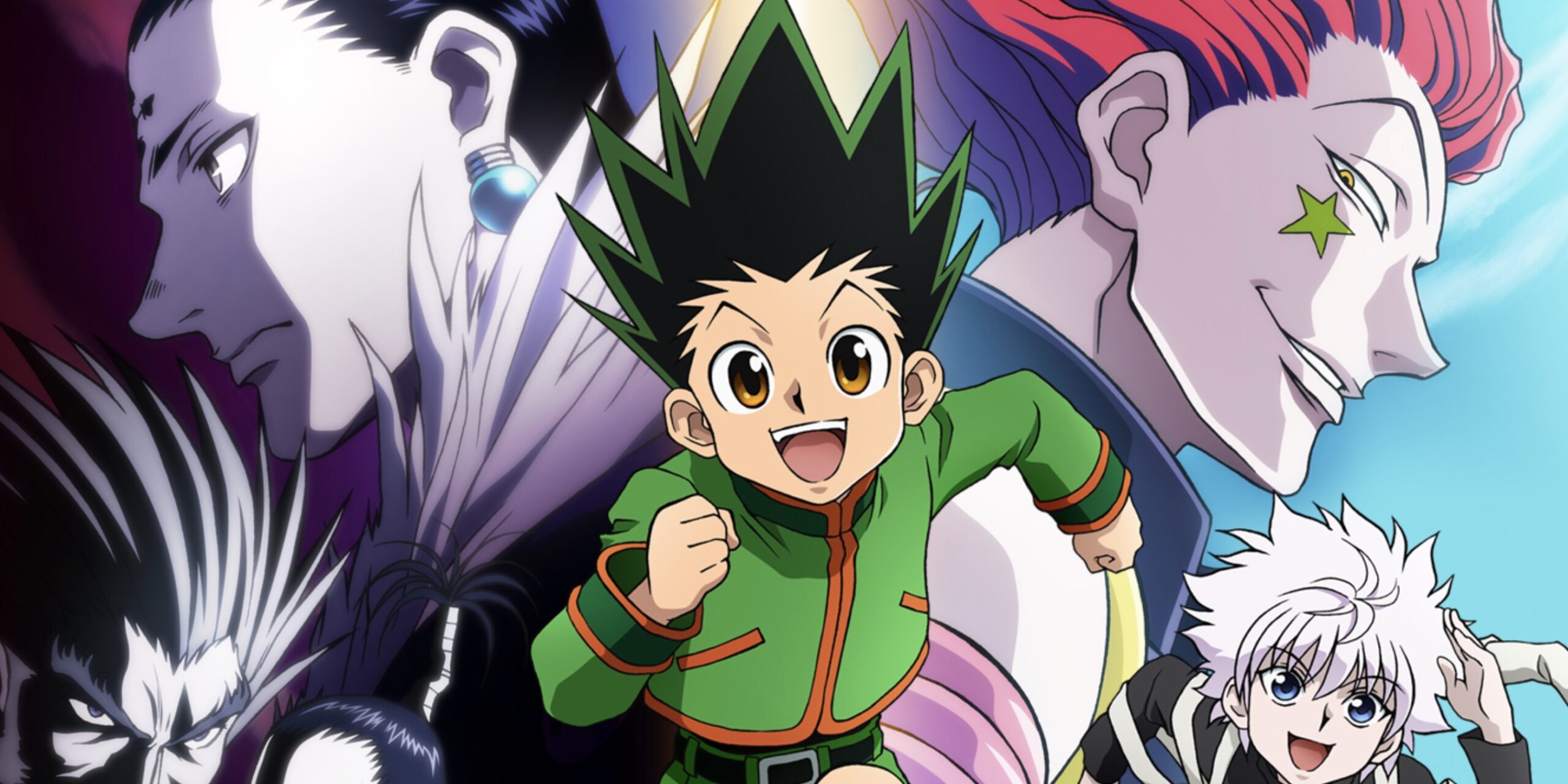
This courageous survey finally pierces that veil of silence, empowering honest voices.
As big names and non-profits align to demand humane industry conditions, one hopes these harrowing personal accounts will amplify urgency around mental health support and prove the last straw breaking the status quo’s back.
Anime cannot thrive on creative sparks by visionaries pushed past exhaustion through ceaseless most. These revelations must ignite a compassionate reckoning and constructive dialogue on lasting change.
The Anime Industry May Collapse In The Future
Veteran anime animator Nishii Terumi recently sounded alarm bells about an impending skills gap crisis within Japan’s animation industry.
Known for her acclaimed directorial work on modern classics like Jujutsu Kaisen and JoJo’s Bizarre Adventure, Terumi believes the retirement of pioneering talents like Hisashi Kagawa may leave studios scrambling.
Specifically, Terumi argues most Japanese animation houses have failed to nurture next-generation animators, instead leaning heavily on a shrinking pool of aging masters like Kagawa – renowned for iconic projects from decades past like Sailor Moon.
Unlike the rigorous studio apprenticeship programs that trained industry pioneers, current young talents lack structured access to specialized education and mentors.
Anime Industry at Crossroads
As studios push their greatest assets into overdrive managing breakneck production schedules, what happens when these overtaxed veterans burn out? Who steps in for crowning authorities who retire without heirs to their expertise?
Terumi asserts that without formal infrastructure to develop future stars able to maintain quality standards, creative collapse could result.
Can an industry subsisting on the passion of individuals being worked past exhaustion survive if the few still teaching begin leaving faster than anyone learns?
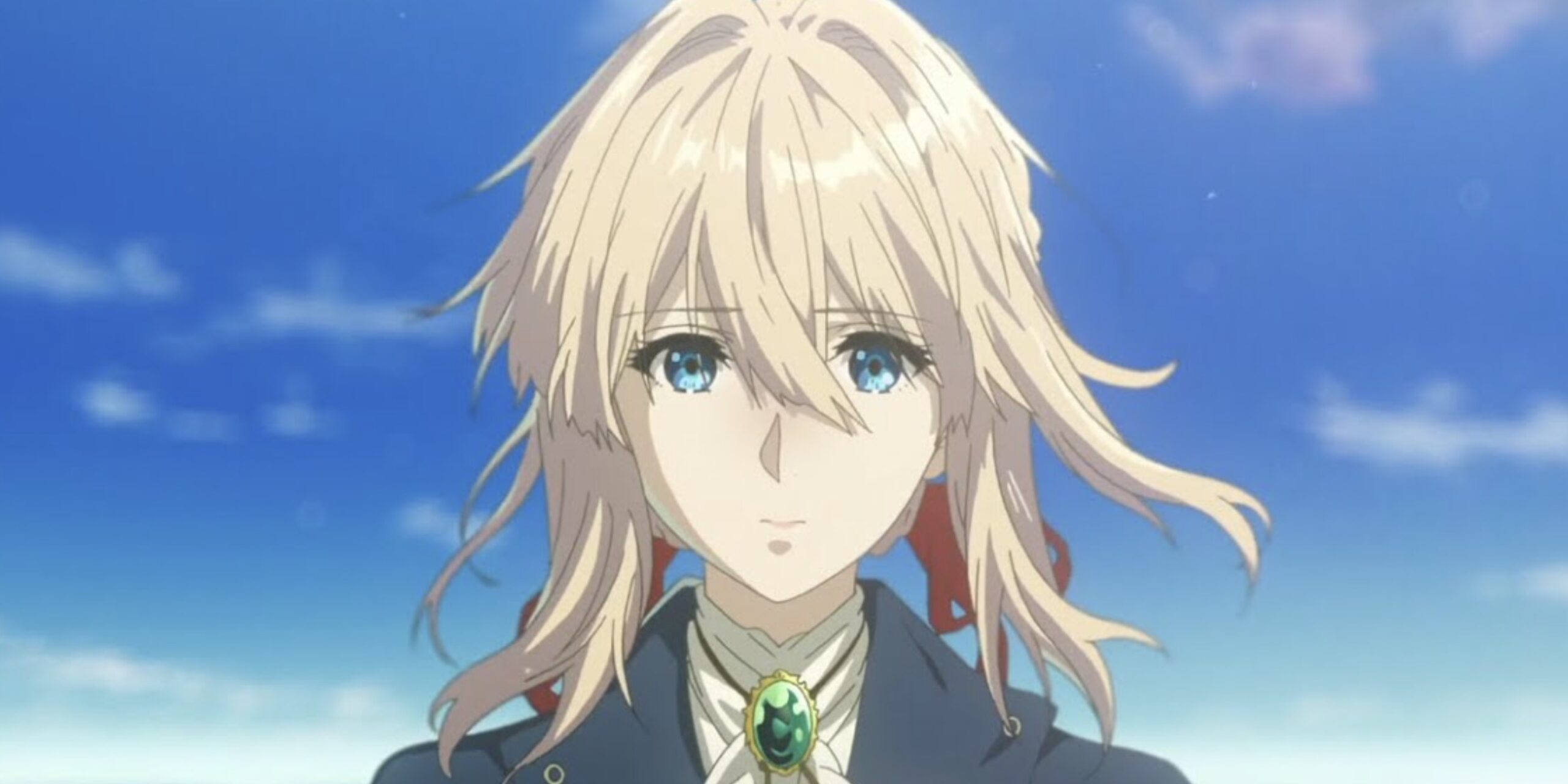
She believes undervaluing animators while taking their contributions for granted has bred a toxic culture. ONE that now risks hollowing out its own soul unless it changes course to nurture sustainable creativity. The key is investing in people, not just profit.
Doubling down on her earlier industry warnings, veteran animator Nishii Terumi recently issued an even more dire assessment, bluntly stating, “It’s seriously in dire straits. Once masters like Mr. Kagawa retire, everything will come to an abrupt end.”
Elaborating further, Terumi argued the expertise enacted by aging animation icons remains irreplaceable since most studios fail to implement formal training programs to nurture next-generation talents.
She asserts that once these veteran masters depart, both the production skills and quality techniques they employ vanish as well.
Moreover, Terumi views this succession crisis as merely a symptom of short-sighted businesses caring only about cutting costs and maximizing outputs.
With no long-term plans to develop apprentices, studios rely completely on veteran talents to keep new shows shipping.
Dire State of Animation
In Terumi’s eyes, studios reaping immediate gains have effectively set the entire anime industry hurtling toward collapse. “We really need to figure out a training scheme before that happens,” she warns – leaving no doubt that without changing course to actively foster new artisans, anime itself zooms towards extinction.
Furthermore, Terumi argues that the onus cannot fall entirely on animation studios to train future generations. Until now, freelance animators largely shouldered the burden of nurturing young prospects without institutional support.
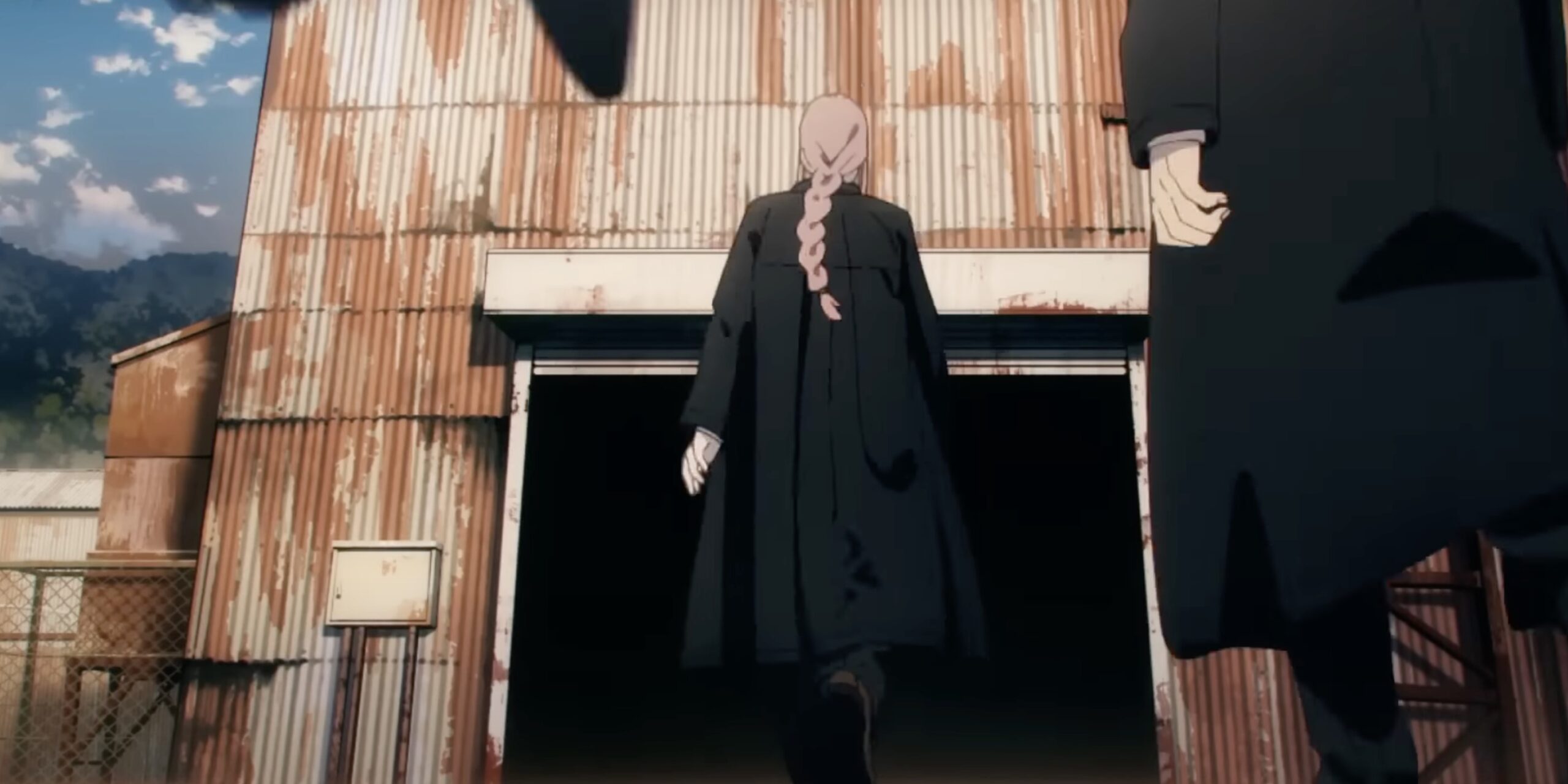
She implores stakeholders across the industry to align in building a formalized infrastructure for passing precious knowledge to rising talents before the lights go out permanently. There is no time left to waste.
Expanding on her online commentary, Nishii Terumi doubled down in assigning blame for the anime industry’s looming creative collapse.
“You can’t rely on production studios because the ones who’ve been nurturing animators are freelancers,” she argued. “It’s impossible for clueless companies who only understand numbers.”
Her scathing critique was built upon recent posts by veteran icon Hisashi Kagawa, who observed that the intricate animation director role remains overwhelmingly difficult for newcomers to pick up.
Creative Collapse
Having helmed countless projects, Kagawa understands these directors require years of accumulated technical knowledge to analyze storyboards, provide guidance to key animators, and ensure quality control – overall setting visual direction.
Yet Terumi contends that profit-driven studios without real artistic skin in the game have little incentive to prioritize the delicate creative mentorship and training required to sustain the industry.
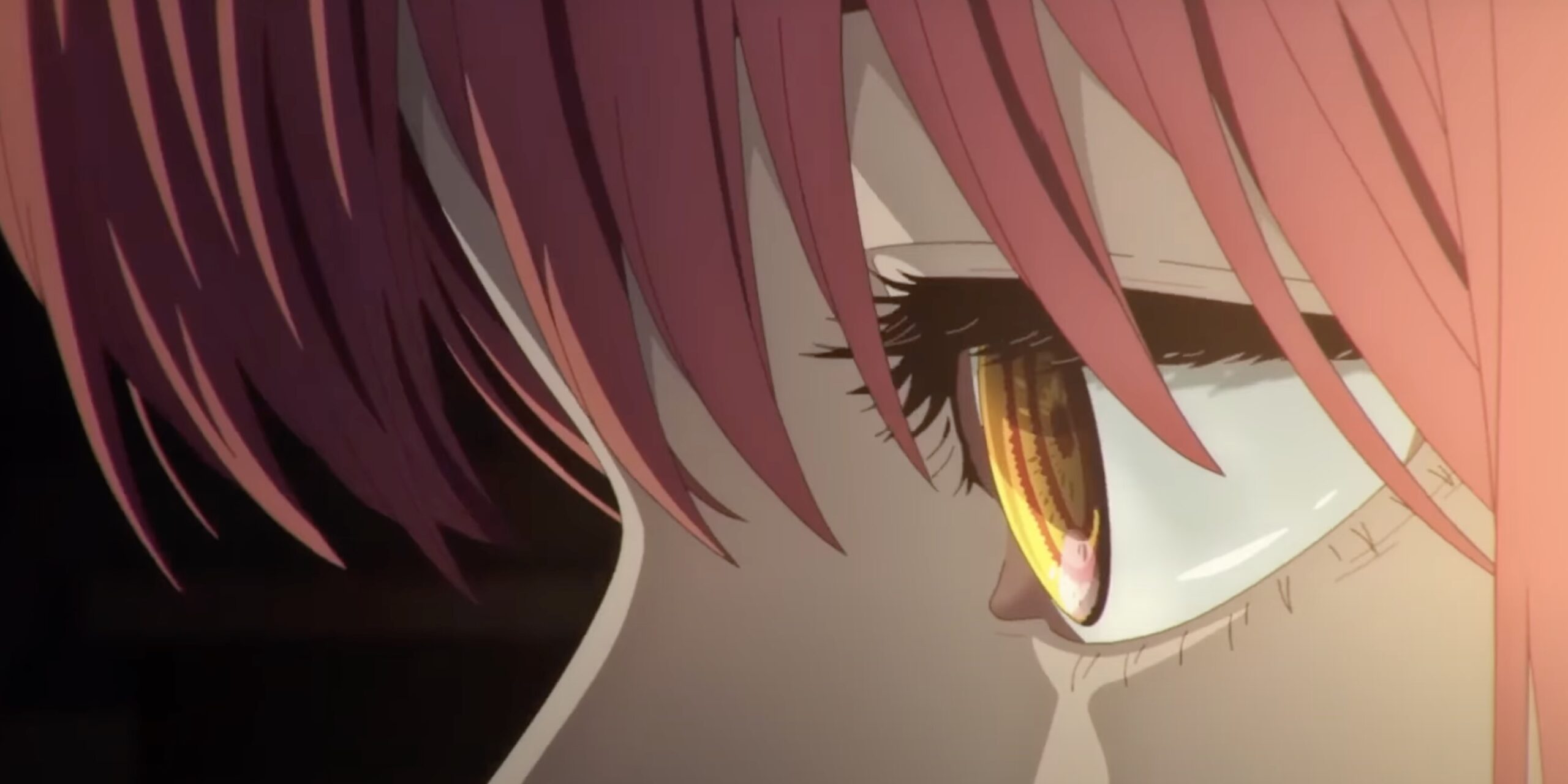
Production companies reliant on crunching budget sheets cannot comprehend, much less invest in, the long-term nurturing of talent – an undertaking requiring patience and faith in individuals over products.
With most veteran animation freelancers aging out without replacements, Terumi lays the blame for this loss of knowledge transfer solely on short-sighted corporate studios.
In her view, clueless executives focused only on cutting costs and quick deliverables are structurally incapable of stewarding the next generation.
She argues that this disconnect has already hollowed out the soul of the industry. Now, without radical change prioritizing artisans over profits, Terumi believes anime itself stares into the abyss as elder teachers exit without trained disciples to carry forth their legacy. The market bubble is set to burst.

